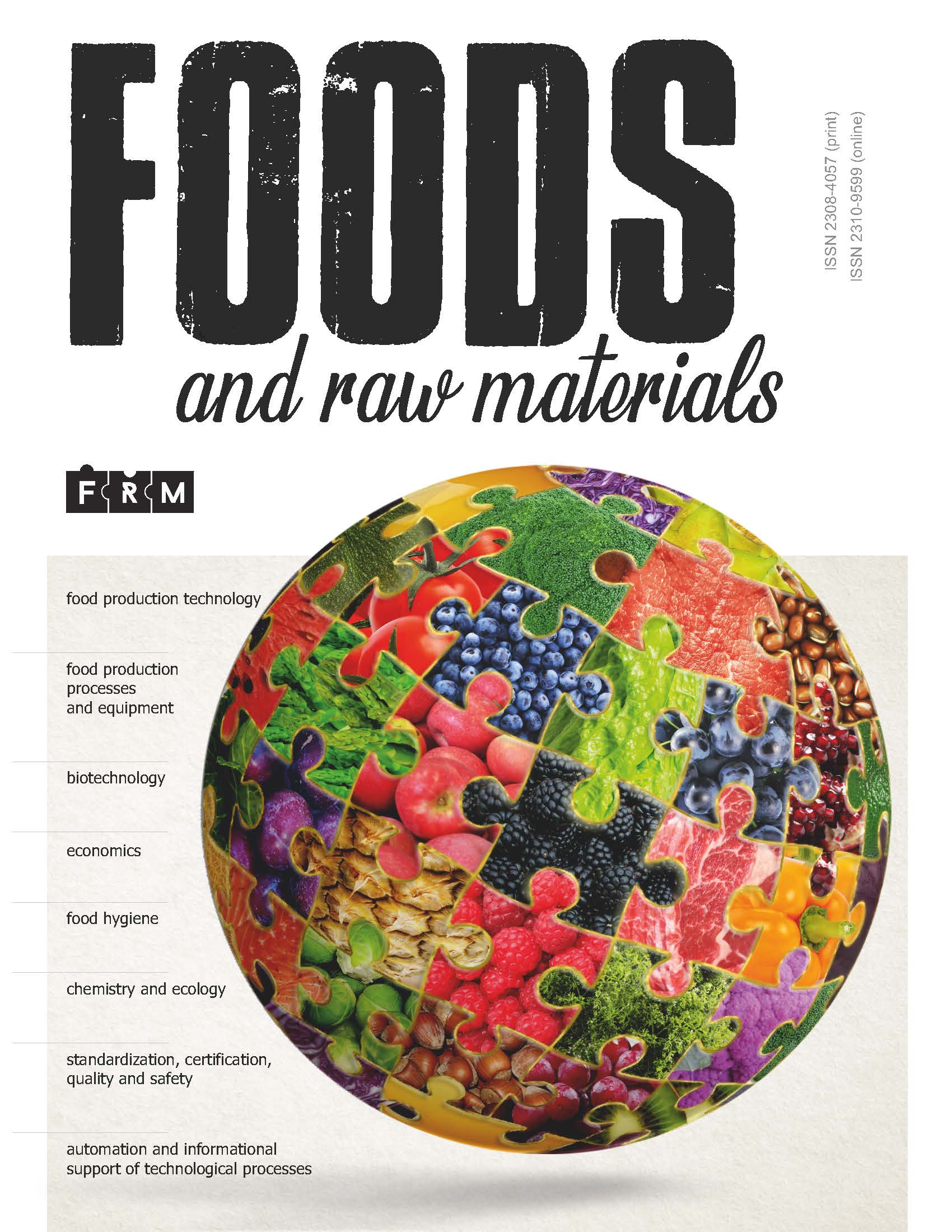Selenium is an indispensable biologically active trace element; being part of the most important enzymes and hormones, it participates in most metabolic processes and has antioxidant properties. The Kuznetsk Basin (Kemerovo oblast) is a region where selenium deficiency is associated with adverse environmental conditions in addition to natural factors; as a result, the population experiences a severe shortage of this trace element. Fortified foods of mass consumption can be a major source of selenium, especially for socially disadvantaged strata. This paper shows the possibility of obtaining wheat with high selenium content in grain in the regional context. It is proved that the most significant factors that ensure wheat with good technological properties are the method, the phase, the amount and multiplicity of selenium application, and the simultaneous introduction of enriching supplements and complex mineral additives. The threshold quantities of selenium supplements are established.
selenium, enrichment, wheat, climatic conditions, soils, Kemerovo oblast, technology, grain quality
INTRODUCTION
The Kuznetsk Basin is a region with well-developed chemical, metallurgical, and coal industries. Despite the environmental improvements observed in the past years, the situation remains unfavorable. As is known, an unfavorable environment increases the need for various micro- and macroelements to support body functions in aggressive conditions, including the need for selenium, an indispensible biologically active microelement, which is part of major enzymes and hormones; it participates in the majority of metabolic processes and has antioxidant properties [1, 2, 3, 4, 5, 6, 7]. Another important role of selenium is antagonism to heavy metals: mercury, arsenic, and cadmium and, to a lesser extent, to lead and thallium. [8, 9]. Thus, the population of Kemerovo oblast needs adequate selenium consumption; in addition, enriched staple foods can become a major source of selenium, especially for disadvantaged strata.
The adequate consumption of selenium by the human organism, according to various sources, is considered 50–200 mcg/day [9, 10]. Selenium deficiency develops if the human body receives 5 mcg/day of selenium or fewer, the toxicity threshold being 5 mg/day. Russia, according to the methodological recommendations 2.3.1.2432-08 "Norms of Physiological Requirements in Energy and Food Substances for Various Groups of the Population of the Russian Federation," has established requirement levels of 30–75 mcg/day. The physiological requirements are 55 mcg/day for adult women, 70 mcg/day for adult men, and 10–50 mcg/day for children. The upper permissible requirement level is 300 mcg/day.
At present, the main ways of selenium metabolism in the human organism have been decoded: in natural conditions, selenium enters the human organism mainly as selenium-containing amino acids, selenomethionine (Se–Met) and selenocysteine (Se–Cys); the artificial introduction of selenium into a selenium-deficient organism is possible in the form of sodium selenite or sodium selenate [11].
The main cause of selenium deficiency is its shortfall in humans who live in a biogeochemical province with a low level of this element in foods, soils, and drinking water [9]. The Kuznetsk Basin is among such territories.
The selenium content in phytogenic foods depends on the plant type, the development stage, the geochemical characteristics of a vegetation period, the amount of the element available in soil, microorganism activity, and precipitation. The selenium content in zoogenic foods depends on the amount of the bioaccesible element in feeds [12].
Among foods most rich in selenium are cereal grains and products of their processing (brown bread, wheat, oats), mushrooms, nuts, garlic, horse radish, spinach, onions, pumpkins, strawberries, black currants, and cranberries; as well as meat and fish products [8, 12, 13, 14].
There are the following ways of solving the problem of selenium deficiency in humans.
The use of products with initially (naturally) high selenium contents, including foods imported from selenium-rich regions and countries.
The United States with its both selenium-rich and selenium-poor territories solves this problem by food haulage. There is an efficient practice of importing wheat from selenium-rich regions of Australia, Canada, and the United States, which leads to its increased level in the blood of New Zealanders, Lithuanians, and Finns, whose soils are poor in this trace element [9, 15, 16].
1.
2.
3.
4.
5.
6.
7.
8.
9.
10.
11.
12.
13.
14.
15.
16.
17.
18.
19.
20.
21.
22.
23.
24.
25.










